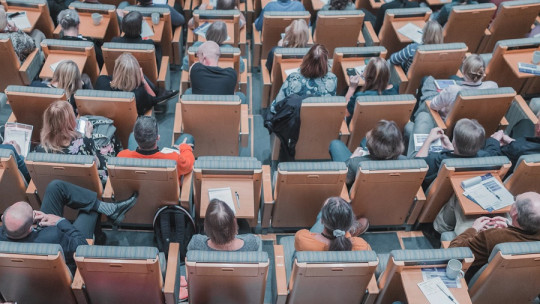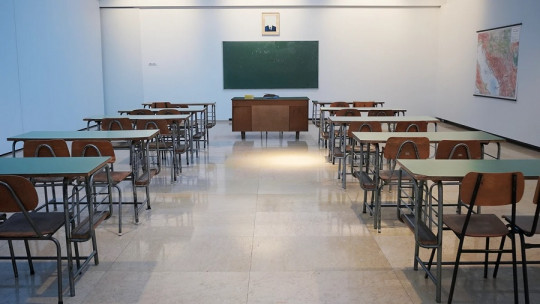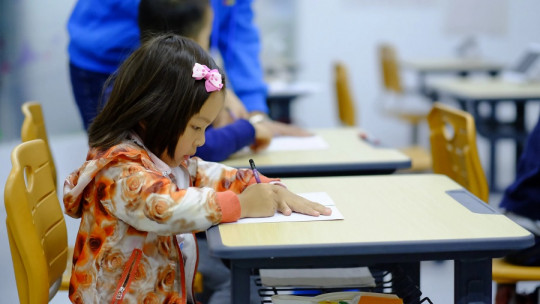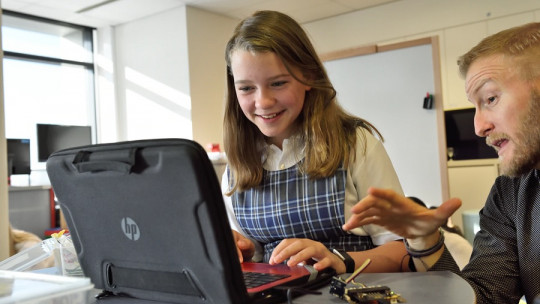
Didactic transposition is a process in which scientific or academic knowledge undergoes a series of transformations to adapt it to a less technical level, affordable for non-specialized students. That is, it consists of modifying wise or scholarly knowledge to make it plausible to be taught.
This idea was originally proposed by Michel Verret (1975) and later reintroduced by Yves Chevallard, a theorist of mathematics didactics who originally applied it to this discipline, although this concept has subsequently been extrapolated to other fields of knowledge.
This process is of great importance in teaching since, if it is carried out in an appropriate way, it will be possible to provide students with useful, current and scientifically based knowledge, but without abusing technicalities or overly specialized information.
What does didactic transposition consist of?
Scholarly or scientific knowledge is that which has been obtained and developed by specialized institutions in a certain field of knowledge, such as biology, chemistry, psychology, among many others. Being very technical knowledge, it is necessary that it be modified in such a way that it can be learned by people not specialized in the subject.
The didactic transposition involves a series of phases in which scientific knowledge is progressively adapted to the level of the students This knowledge is shaped according to the objectives of the curriculum proposed by the education authorities and both the authors of the school books and the teachers themselves in the classroom are involved in this process, providing the knowledge with usefulness for the students. .
Scientific knowledge is subjected to two main transformations. Firstly, it is modified in such a way that it can be taught and transformed into a teaching object. In this first transformation, didacts and experts in the field of education are involved.
Subsequently, the second transformation occurs, in which The teacher takes this knowledge that has already been modified and adapts it based on the characteristics of your classroom.
It is of fundamental importance that the teacher, as a participant in the didactic transposition, takes into account the characteristics of the students who make up the classroom: socioeconomic differences, stage of development, cultural diversity, learning difficulties, linguistic differences, number of students in class…
The teacher must ask three questions in relation to the knowledge that is going to be taught:
How to adapt knowledge to the level of the students?
When it comes to transforming knowledge, it must be done in a way that is not distorted or presented in a too generalized way and the essence of its content is lost. It is essential to avoid that, in the reformulation and simplification of this knowledge, the scientific knowledge from which it is based is contradicted.
It is very important to be up to date on scientific knowledge, given that science advances very quickly and what until relatively recently was taken as true can perfectly be refuted after a while. If the teacher does not update his knowledge, he may run the risk of teaching knowledge that is outdated and leading his students to error.
As an example of outdated knowledge to be taught, we have the now famous case of Pluto when it was relegated to the category of dwarf planet. Many textbooks continued to present it as the ninth planet in the Solar System for years.
Approach to teaching
The teacher must take special care when teaching content in the classroom, given that there can be two types of distances:
1. Distance between the knowledge to be taught and the knowledge taught
The teacher must monitor that the knowledge to be taught and that which is finally taught in the classroom correspond or at least they are not too far removed in terms of their fundamental content.
2. Distance between the knowledge taught and the knowledge learned by the students
Students have a base of knowledge prior to acquiring new knowledge, which can facilitate or hinder new learning. Also, It may be the case that the new learning has not been correctly adapted at the student level.
It is very difficult for all the content taught to students to be completely learned. The teacher must take this into account, in addition to encouraging motivation and the desire to learn in the students.
Characteristics
When the end of the process has been reached, the knowledge to be taught has a series of characteristics which facilitate its learning:
1. Disincretization of knowledge
The knowledge to be taught, although it originally belongs to a certain field, differs from it in that it is less specific. It continues to depart from the field in which it originated, but allows it to be formulated explaining more general knowledge.
2. Depersonalization of knowledge:
All academic knowledge has one or more authors behind it As it adapts to less specialized levels, it becomes detached from the name of the person who created it.
3. Programmability of knowledge acquisition
The knowledge to be taught has been developed in such a way that allows it to be introduced, explained and concluded clearly That is, it is designed to be explained progressively in a school context and guarantee that students understand and learn it.
4. Advertising and social control of learning
By being modified to reach less specialized levels, the knowledge to be taught can reach a broader audience, allowing it to be exposed in the media. Thanks to this, a certain social control can be exercised over the general culture of the population.








